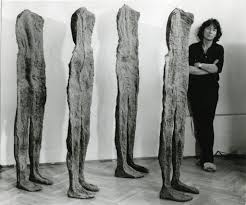
1930 - 2017
Magdalena Abakanowicz
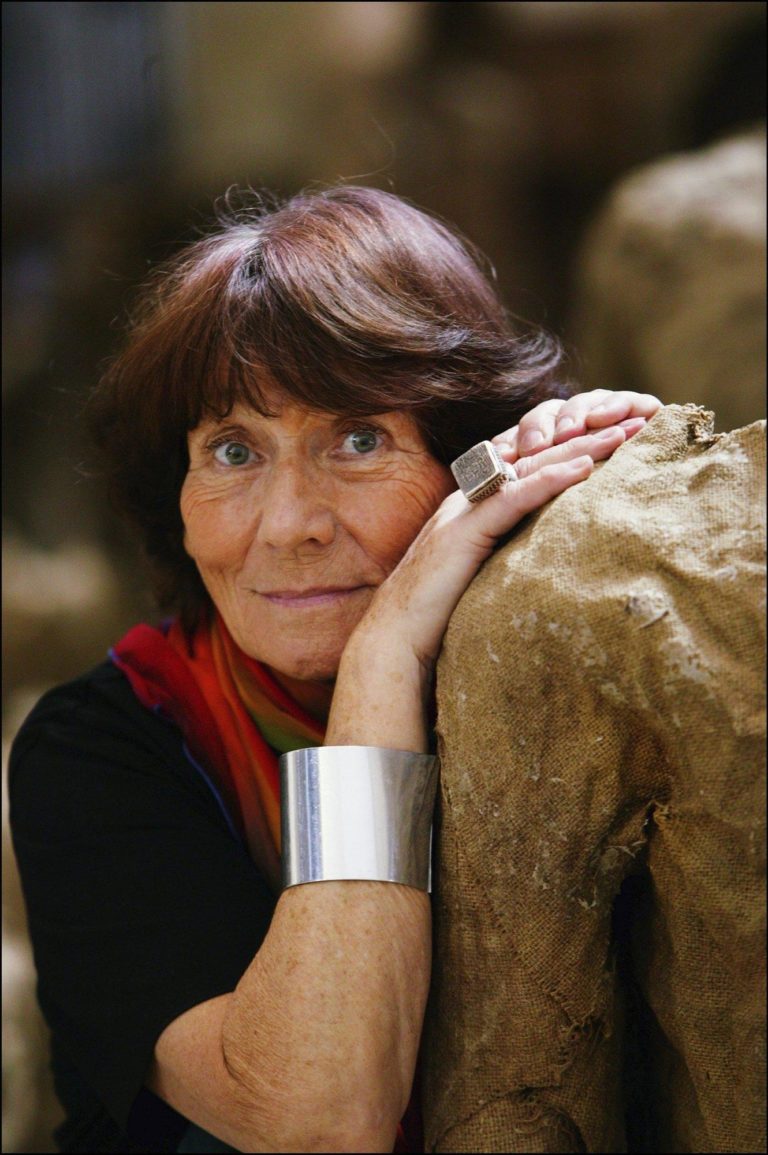
description
An outstanding Polish artist, sculptor and reformer of tapestry art. The textile sculptural forms of abakans were named after the artist. Large coarse-grained works were striking in their appearance, reminding the viewer organic repeatedly enlarged structures. The world art community highly appreciated the novelty of technology and plot ideas by Abakanowicz in the first half of the 1960s, having awarded the artist the main awards of the international biennale.
The significant freedom that provided Polish artists with the opportunity to travel to western countries contributed to the development of Magdalena’s unique talent. She has been to Paris and Venice, Munich and New York, participated in art events outside the Eastern Bloc and received “injections” of other art, very different in form from the socialist realism adopted in Poland.
Abakanowicz always emphasized the metaphorical nature of her works with names, since all her works are the result of thoughts “about the circumstances that form various human conditions”, a reflection of her personal life with her history of fears and suffering.
Art critic D. Vrublevskaya determined, “M. Abakanowicz’s art is based on biology. But she is a creator; therefore, she explores a person through a form and uses instinct in her research.” The relentless ingenuity of Abakanowicz is determined by her creative credo, “I do not like principles and rules. These are enemies of fantasy. ”
The artist was awarded many prestigious awards; her works adorn cities of Europe, Japan, the USA, Israel, and South Korea – she gave lectures and masterclasses in many of these countries.
Key ideas:
– For some time Abakanowicz was engaged in painting, but then became interested in the art of textiles. The artist was attracted by the opportunity to combine the softness of sisal fibers that are freely draped and have a peculiar texture. A distinctive feature was the use of intense colours, which are not peculiar to natural material. This is how Abakans appeared (the term comes from the artist’s surname) – three-dimensional sculptures, the surface of which imitated the earth or human skin.
– Over time, visiting Western countries and America, Abakanowicz began to consider her early works as “too bright and devoid of structure”. Under the influence of constructivism and abstraction, she began to develop more geometric sculptures; however, she looked for her “artistic language and a way to make art more tangible, intuitive and personal”.
– The sculptor preferred to create cycles of almost identical objects and emphasized the metaphorical nature of the works with names – for example, “Androgens” – this is the result of thinking “about circumstances that form different human conditions”, as well as a reflection of the personal life experience, one’s fears and sufferings.
– In her mature period, the main focus for the artist was the depiction of anthropomorphic figures and objects. At the same time, sculptures retained a certain degree of abstractness and diversity of meaning. So, a cycle called “Change” is twelve seated hollowed-out human half-figures, and a large series of “Heads” are huge solid forms resembling human heads without faces.
– In her late period (from the late 1980s), the artist created many plein airs, remaining a follower of semi-abstract figurativeness. She used simple forms, noting in interviews and comments that she was trying to depict “the terrible weakness of a human being regarding his biological structure.” This is demonstrated by an open-air work called “Catharsis”.
1930
1945
1950
1962
1965
1974
1979
1982
1987
1991
1998
2005
2017
The birth of the artist
Studied at a Gdansk art school
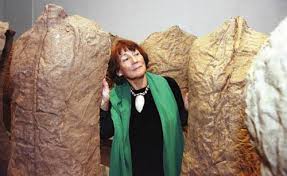
Entered the Warsaw Academy of Fine Arts
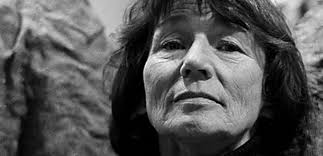
The exhibition at the Dautzenberg Gallery
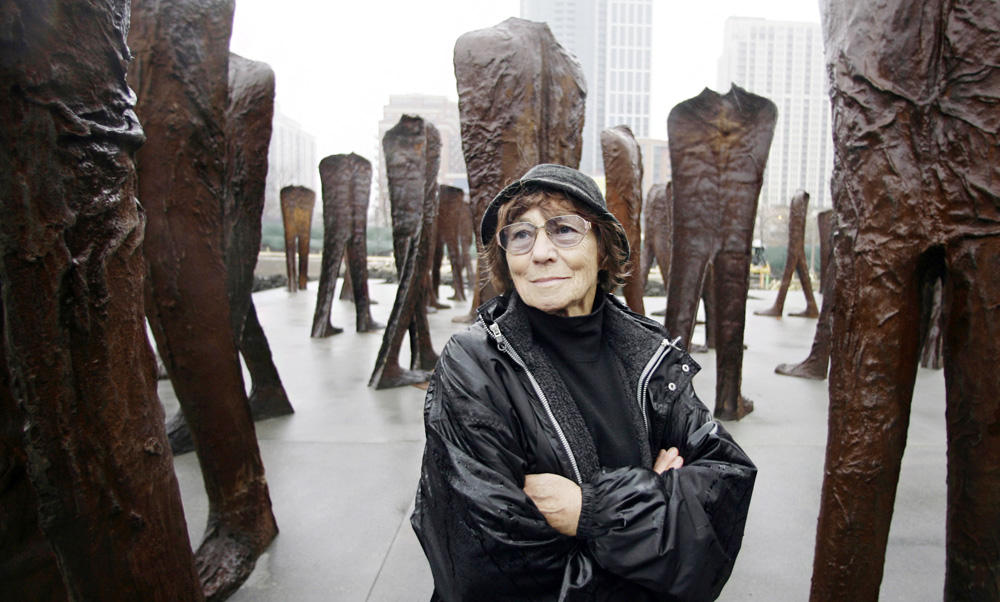
the Green Prix and a gold medal
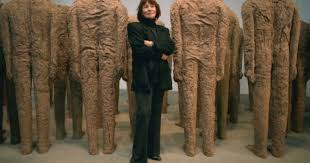
Became an honorary doctor of the Royal College of Art (London)
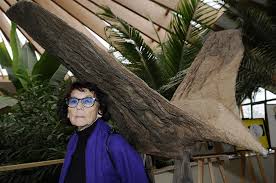
Became a professor at the University of Poznan

The retrospective exhibition in Chicago
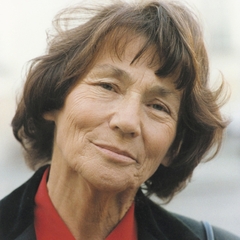
Presented the work "Crowd 1"
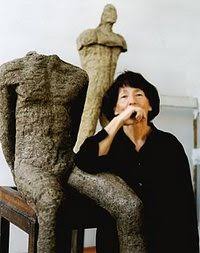
Conceived a series of “Ragazzi” – forty “skinned” young guys (completed in 1990).
“Memory. Silence. Life“
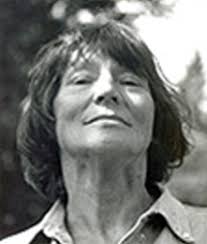
Was awarded the Commander Cross of the Order of the Renaissance of Poland
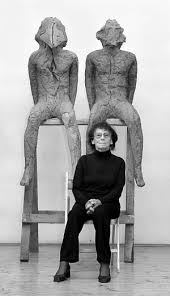
Lifetime Achievement
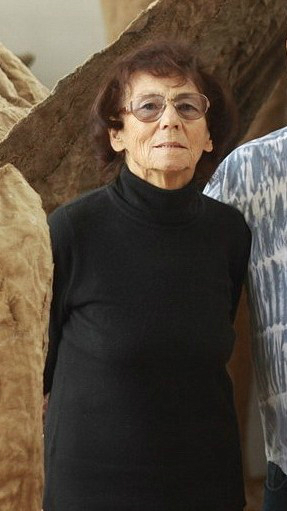
The death of the artist

